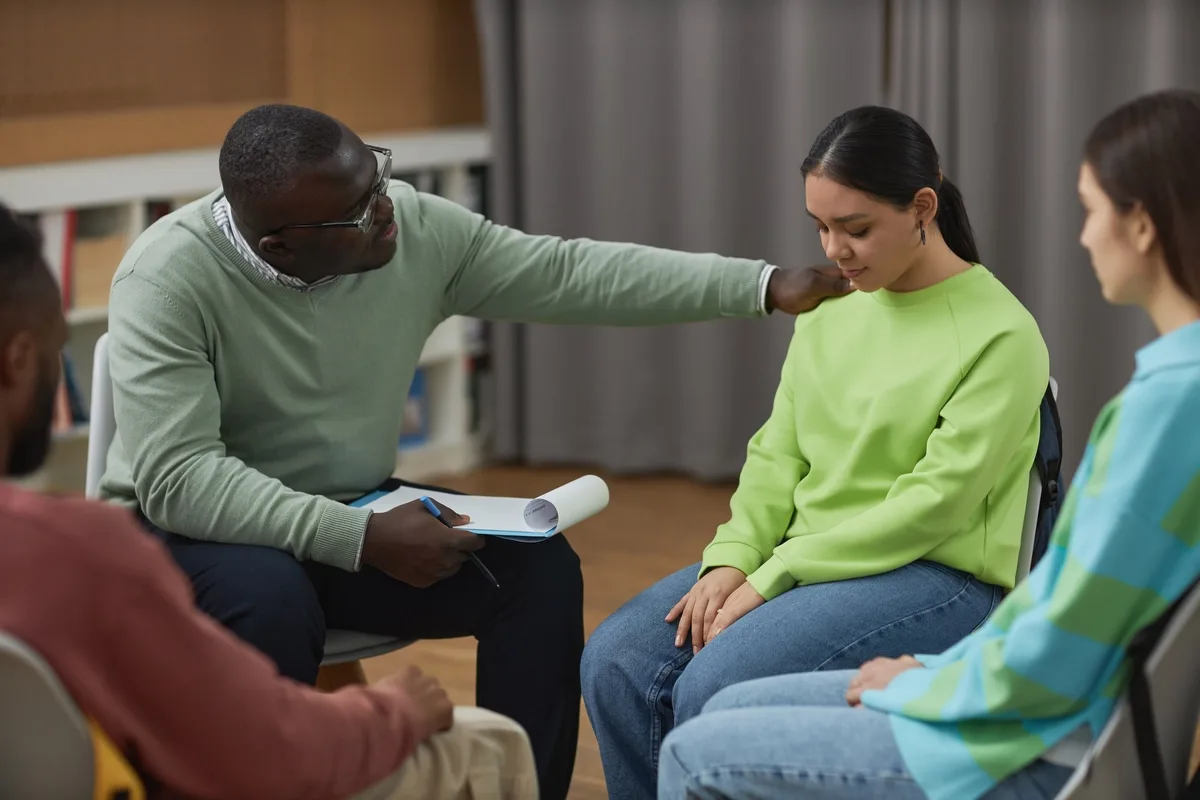24/7 Helpline:
(866) 899-221924/7 Helpline:
(866) 899-2219
Learn more about PTSD Rehab centers in Saratoga Springs
PTSD Rehab in Other Cities

Other Insurance Options

EmblemHealth

American Behavioral

Regence

Covered California

Multiplan

UnitedHealth Group

GEHA

BlueShield

Holman Group

Cigna

MVP Healthcare

UMR

PHCS Network

Sliding scale payment assistance

Premera

Horizon Healthcare Service

ComPsych

Meritain

Humana

Choice Care Network

Saratoga County Addiction Services
Saratoga County Addiction Services is a private rehab located in Saratoga Springs, New York. Saratog...

Saratoga Hospital – Mental Health Unit
Saratoga Hospital – Mental Health Unit is a private rehab located in Saratoga Springs, New York. Sar...










AA – Alcoholics Anonymous
AA – Alcoholics Anonymous is a non-profit rehab located in Saratoga Springs, New York. AA – Alcoholi...

Nelson House – Residence for Women
Nelson House – Residence for Women is a private rehab located in Saratoga Springs, New York. Nelson ...

Prevention Council
Prevention Council is a non-profit rehab located in Saratoga Springs, New York. Prevention Council s...

SPARC – St. Peter’s Addiction Recovery Center
SPARC–St. Peter’s Addiction Recovery Center in Saratoga Springs, New York, is a 12 step focused outp...

New Haven – 258 West 400 North
New Haven offers residential treatments for teenage girls struggling with anxiety, stress, substance...

